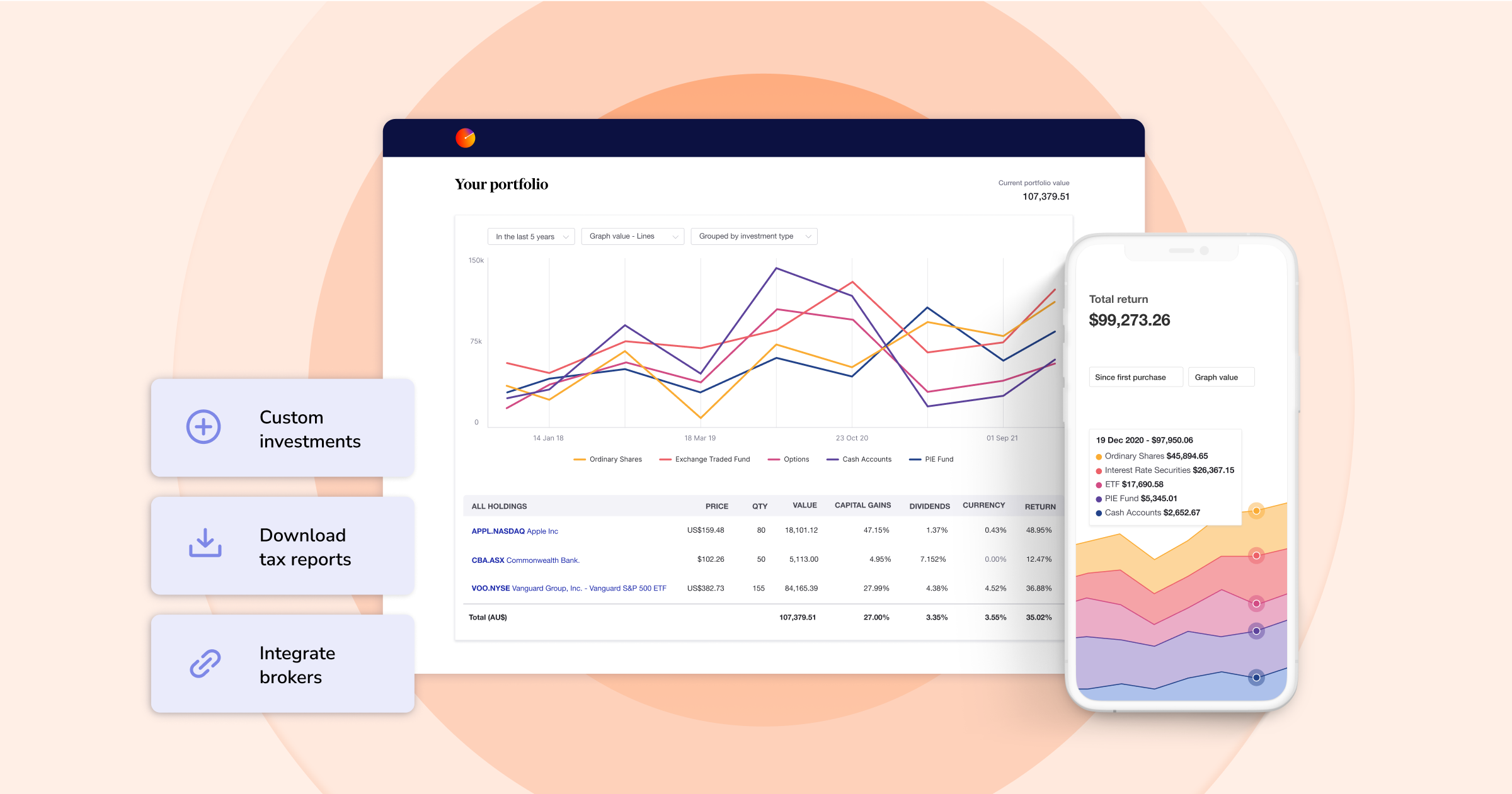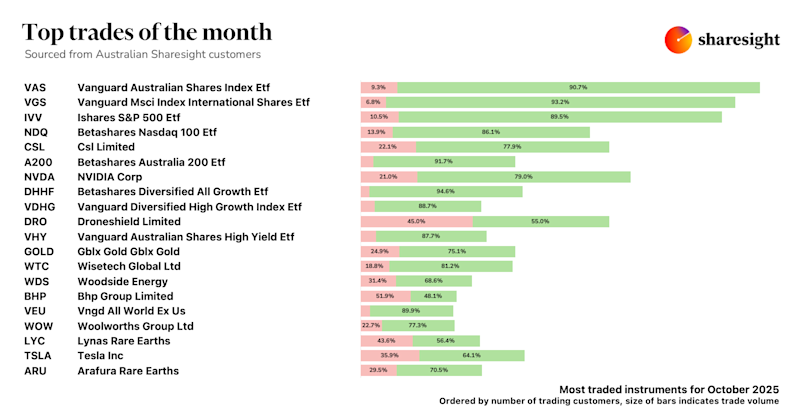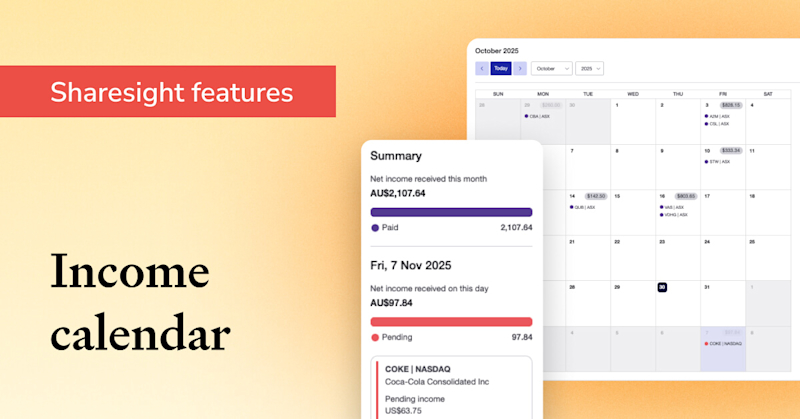The investor's guide to IPOs: Risks, rewards and strategies
Disclaimer: This article is for informational purposes only and does not constitute a specific product recommendation, or taxation or financial advice and should not be relied upon as such. While we use reasonable endeavours to keep the information up-to-date, we make no representation that any information is accurate or up-to-date. If you choose to make use of the content in this article, you do so at your own risk. To the extent permitted by law, we do not assume any responsibility or liability arising from or connected with your use or reliance on the content on our site. Please check with your adviser or accountant to obtain the correct advice for your situation.
An initial public offering (IPO) is one of the most anticipated events in a company’s growth journey — not just for its founders and leadership team, but also for retail investors. It’s easy to get caught up in the hype, overlooking crucial facts at the risk of missing out on what could be a very promising new addition to the market. But more often than not, investing in an IPO without doing the research or timing your entrance correctly leads to disappointment. In this article, we discuss when it makes sense to invest in an IPO, and how to approach IPOs with a strategic mindset. We also look at some real-world examples of how IPOs have performed, plus how Sharesight can help you track your IPO performance and make smarter investing decisions.

What is an IPO?
An initial public offering, also known as an IPO, occurs when a private company offers shares to the public for the first time. The main purpose of this is to raise capital which can be used to fund growth, reduce debt or allow early investors to make a profit. For retail investors, an IPO represents the opportunity to get in early on a company’s journey in the public markets.
The risk and reward of investing in IPOs
Investors tend to be drawn to IPOs due to the potential of outsized returns. While this is the best-case scenario, it’s often not the reality. Many IPOs underperform in their early months (or even years) as markets move beyond the initial hype and reassess the company’s true value. This is sometimes referred to as the “IPO pop and drop” effect.
Some real-world examples include:
-
Facebook (NASDAQ: META) had a shaky IPO in 2012, with technical issues and an initially overhyped valuation. The stock traded flat and under its offer price for over a year before recovering and going on to deliver strong long-term returns.
-
Uber (NYSE: UBER) debuted in 2019 at $45 per share, but its price dipped significantly post-IPO, reflecting ongoing uncertainty around profitability and regulatory risk. Only years later has it shown more consistent performance.
-
Latitude Financial (ASX: LFS), one of Australia’s biggest IPOs in recent years, listed below its expected range in 2021 and has since experienced challenges related to broader shifts in consumer credit and lending.
-
Deliveroo (LSE: ROO) listed in the UK in 2021 but lost over 30% of its value on the first day of trading, highlighting investor concerns around governance and the gig economy.
Dos and don’ts of IPO investing
✅ Do your research
Before buying into an IPO, it’s important to carefully consider the company’s prospectus. Look beyond the growth story — understand the risks, cash flow, margins, competitive landscape and what the IPO’s profits will be used for.
It’s also recommended that you keep an eye on whether insiders or private investors are selling a significant portion of their holdings. Heavy insider selling can be an indicator that the investors see better value in cashing out on their shares than holding long-term.
❌ Don’t fall for the hype
Just because a company is high-profile or receives a lot of media hype doesn’t mean it’s a good investment. The popularity of the brand is not necessarily an indicator of solid financials or a strong valuation.
✅ Track price stability post-IPO
In many cases, IPO shares are subject to a lock-up period (usually 90–180 days) during which insiders cannot sell. Once this period is over, increased supply can cause prices to drop. Waiting 6–18 months post-IPO can often provide a better picture of the company’s performance once the hype has died down.
❌ Don’t forget the broader market context
The outcome of an IPO depends on more than just fundamentals — it is also largely influenced by broader market conditions. In bull markets, IPOs tend to perform better, whereas bearish or volatile markets can cause even strong companies to struggle. For instance, the past few years has seen several high-profile IPOs postponed or pulled altogether due to market uncertainty.
✅ Use tools to track and monitor
If you’re interested in an IPO but you don’t want to jump in right away, you can add it to your watchlist. Monitoring how a newly-listed stock performs over time is a good way to gain insight and enter at a more appropriate valuation point.
How Sharesight helps IPO investors
Sharesight takes the complexity out of IPO investing and portfolio tracking, with support for 60+ leading markets, over 200 global brokers and more than 100 different currencies.
With Sharesight, you can:
- Track the true performance of all your investments, including IPOs, with automatic dividend tracking, capital gains and currency effects.
- Use the share checker to analyse the historical performance of a listed company. This includes dividends, corporate actions and major news that may have influenced price movements — valuable context for IPOs once they’ve been trading for a while.
- Create a watchlist in the Sharesight mobile app to monitor IPOs you're interested in, helping you track their performance before committing capital.
- Create custom labels to highlight IPOs in your portfolio, allowing you to track their progress at a glance.
- Run the exposure report to see the underlying holdings of any ETFs in your portfolio. This helps determine whether there is any hidden overlap in your portfolio, which could make investing in certain IPOs redundant.
- Run the drawdown risk report to evaluate the risk-adjusted returns of your IPOs against the rest of the assets in your portfolio.
The takeaway
IPOs can offer exciting opportunities, but they come with unique risks — from volatility to overvaluation. The key is to avoid making decisions based on hype. Stay rational, do your research and lean on tools like Sharesight to help you stay informed.
By tracking IPOs and waiting for the right entry point, you can sidestep the noise and focus on long-term value, no matter when you decide to invest.
If you’re not already using Sharesight, sign up for a free account to start tracking your performance, plus gain access to a suite of reporting tools that give you the insights you need to make smarter investment decisions.

FURTHER READING

Top trades by Australian Sharesight users — October 2025
Welcome to the October 2025 edition of Sharesight’s trading snapshot, where we look at the top 20 trades by Australian Sharesight users.

Track your dividend income with Sharesight’s income calendar
With Sharesight's income calendar, you can see past, upcoming and forecasted dividend payments laid out in an easy-to-read calendar view.

How everyday investors can access professional-grade portfolios
Model portfolios once reserved for advisers are becoming available to retail investors, offering professional design, transparency and flexibility.